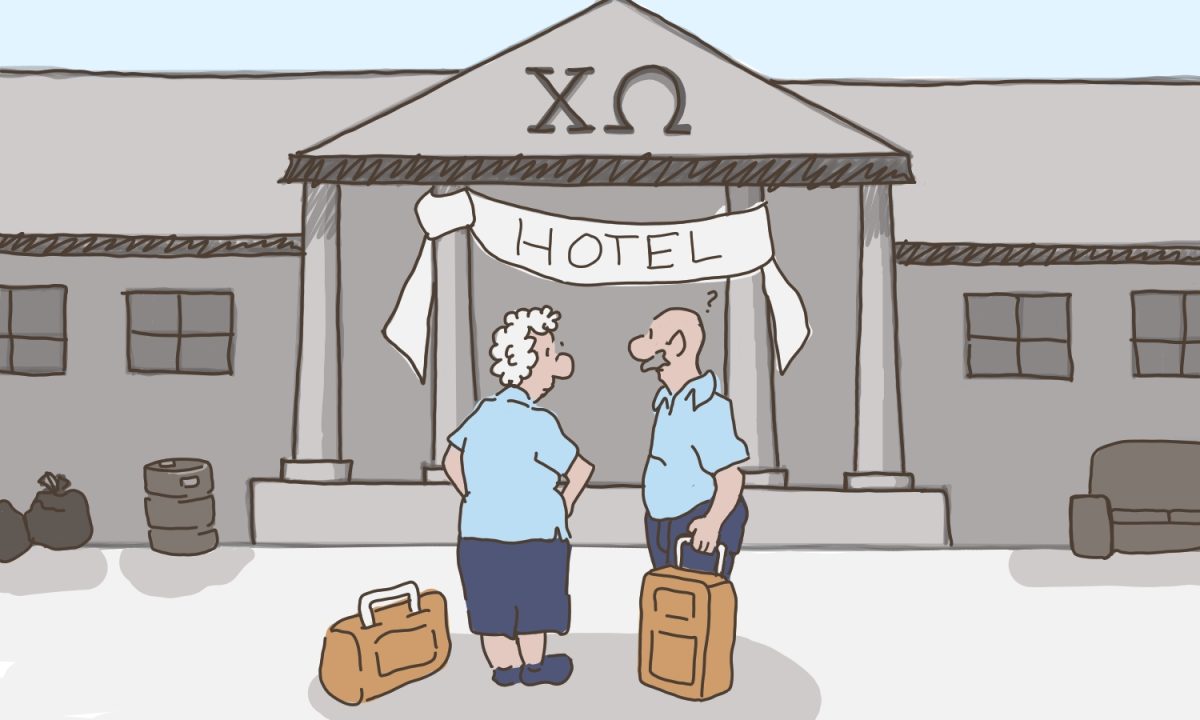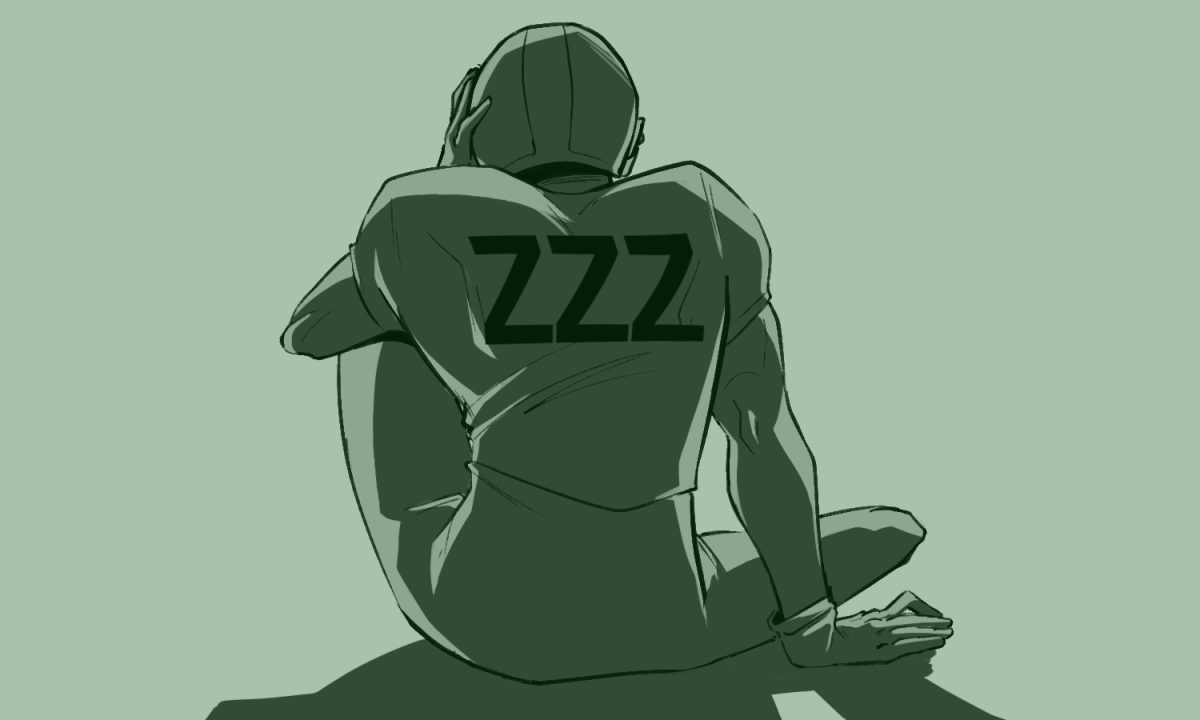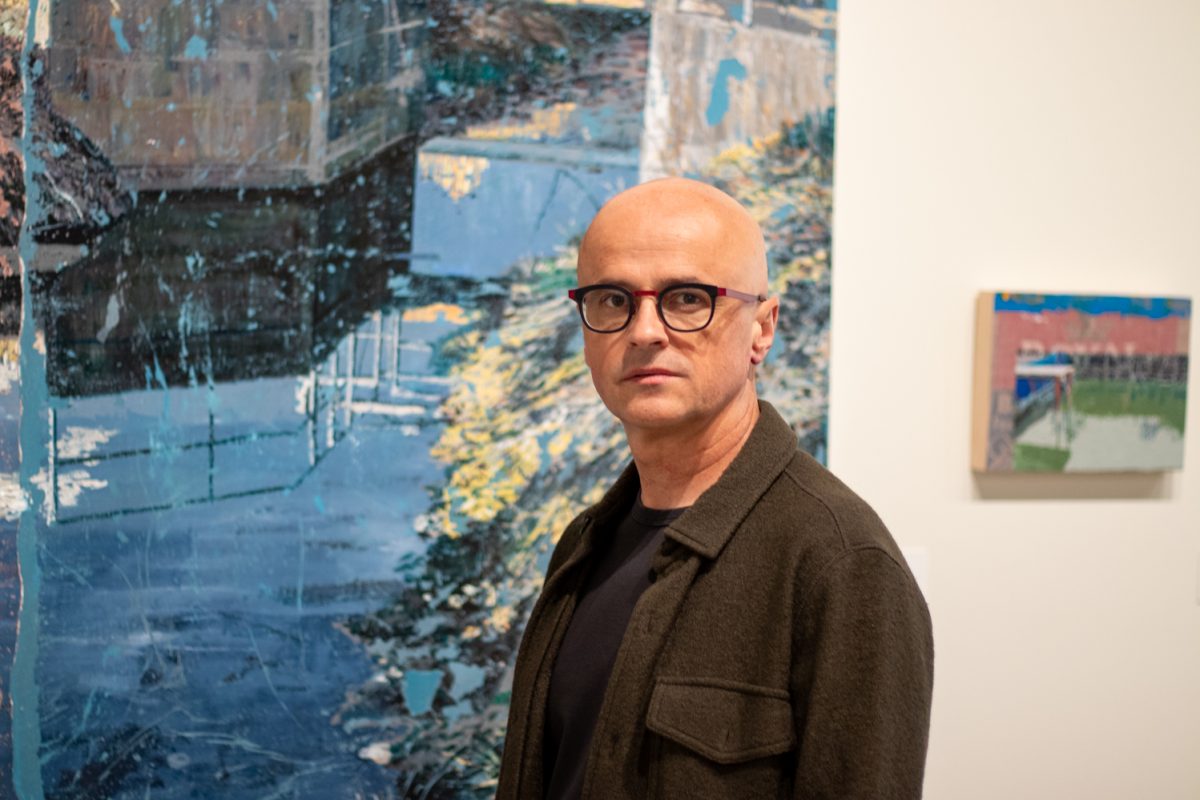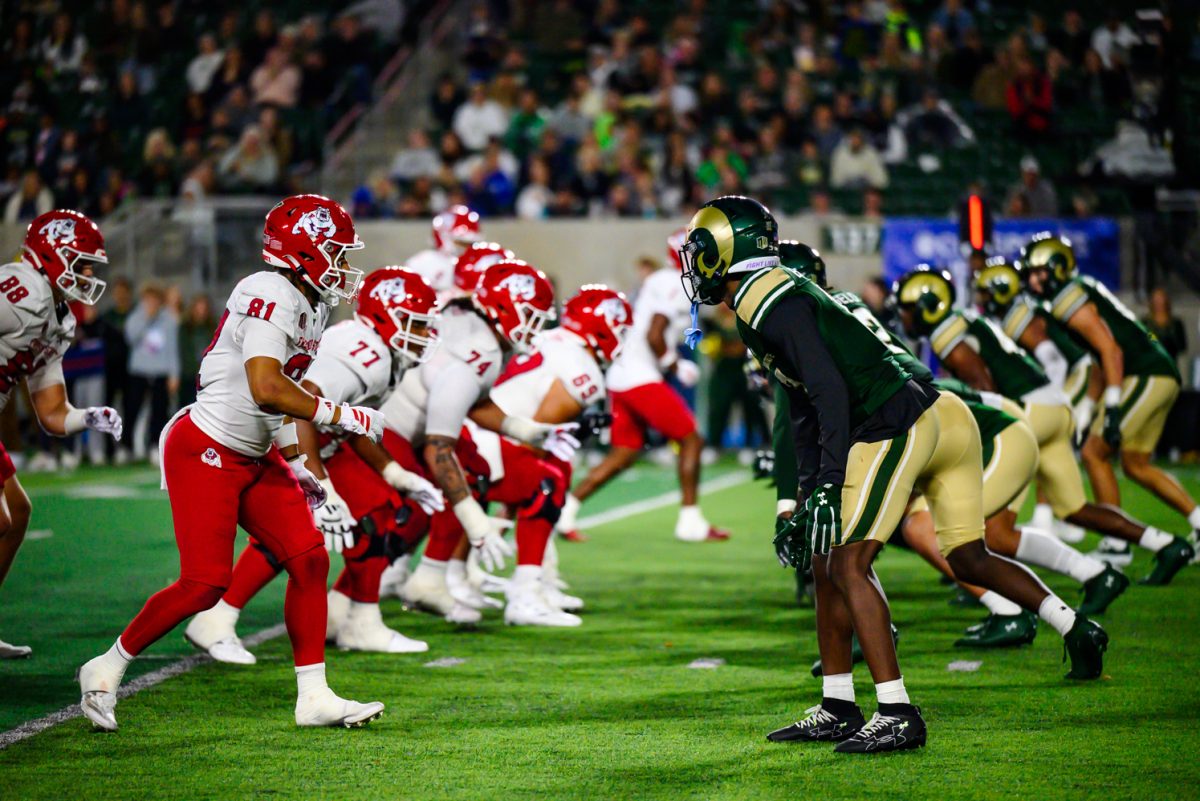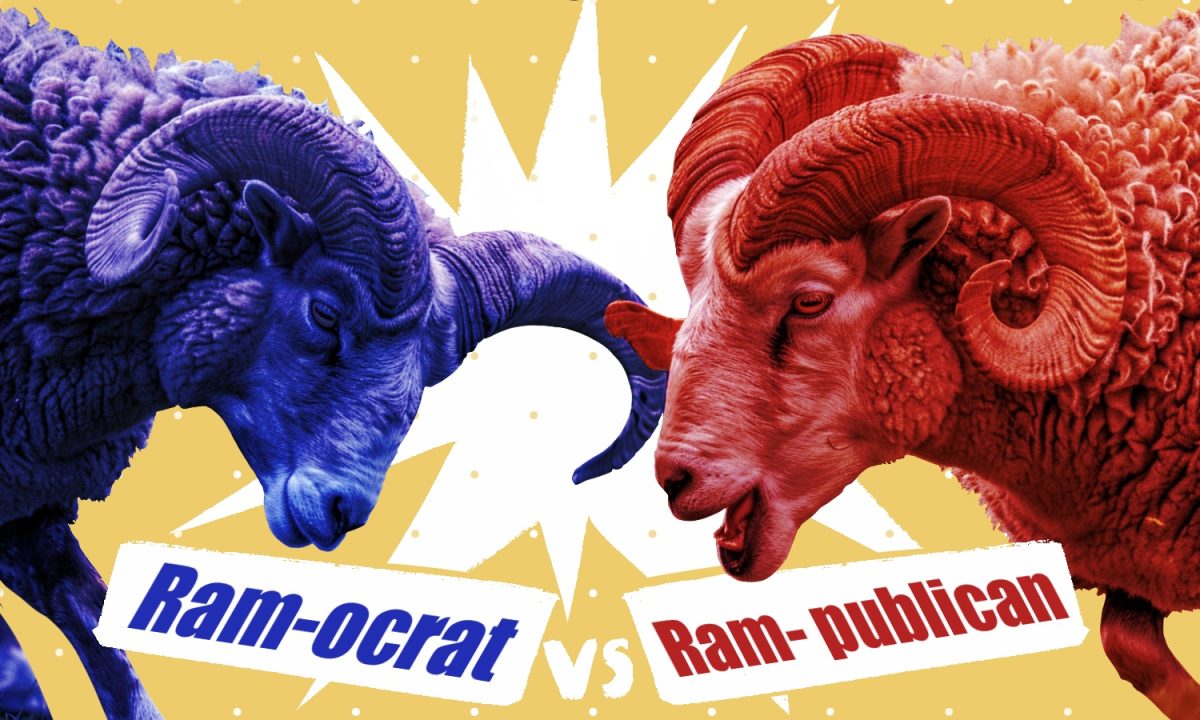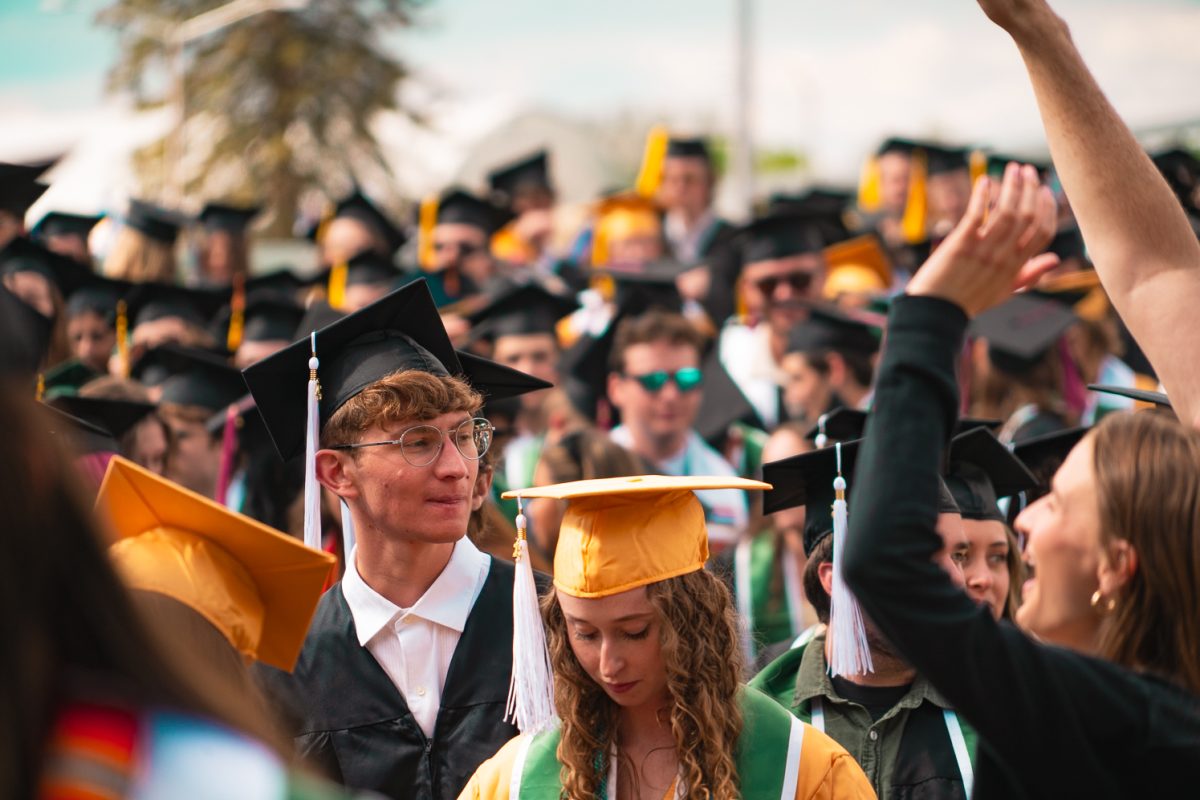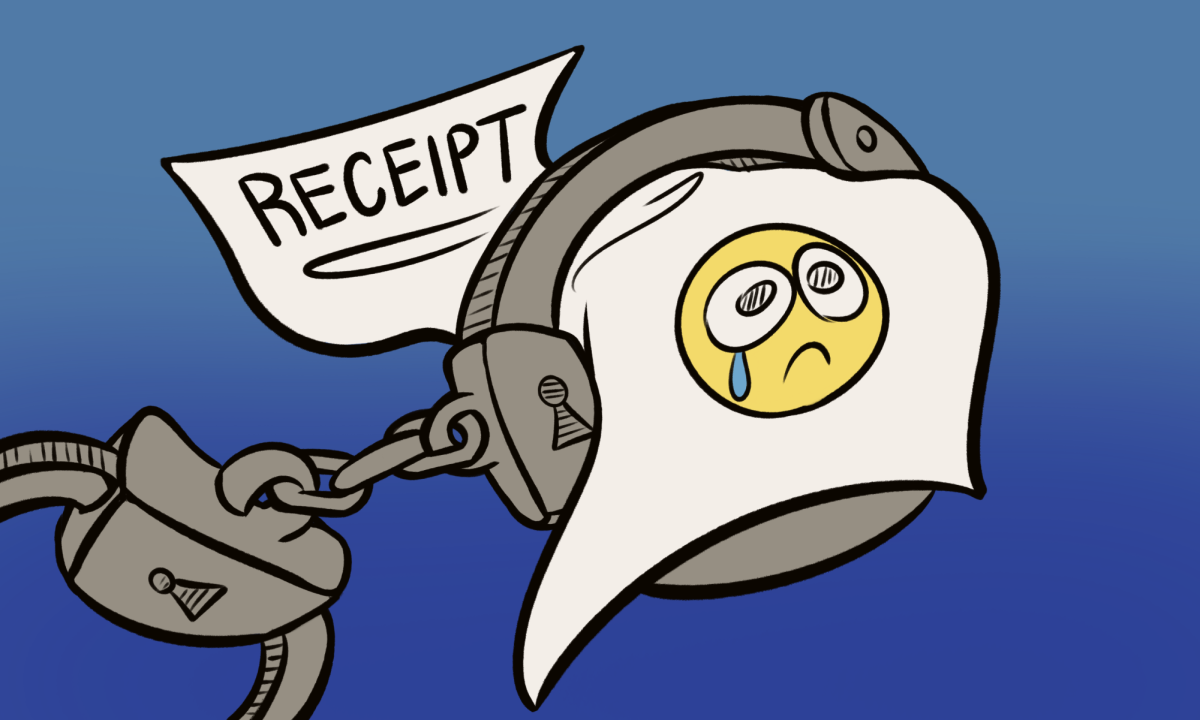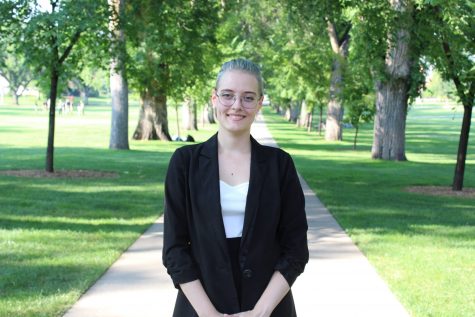Editor’s Note: All opinion section content reflects the views of the individual author only and does not represent a stance taken by The Collegian or its editorial board.
President Donald Trump’s administration has again proposed budget cuts to education for the next fiscal year, despite the prevalent fact that our ever-changing world needs certain studies more than ever. The hierarchy of the school system always places arts and humanities as the first to get cut, but these subjects provide the tools to fix complex issues. One of these tools is creativity.
In February 2006, education and creativity expert Sir Ken Robinson gave the most viewed TED Talk in history, a record it maintains today. He posed the question: “Do schools kill creativity?”
Robinson said the future is uncertain due to the immense creativity humans are capable of, as it creates an unbelievable amount of possibilities. Education is meant to take children into this future and prepare them for it. At the same time, we squander their individual talents.
“Creativity, now, is as important in education as literacy, and we should treat it with the same status,” Robinson said. He made note that children are not frightened of being wrong while adults have lost that ability because society and education stigmatize mistakes. People, he argued, are educated out of creativity rather than into it.
According to Robinson, the consequences of stigmatizing mistakes, especially when they allow the expansion of human creativity, is that “many highly talented, brilliant, creative people think they’re not because the thing they were good at at school wasn’t valued.”
Everyone is good at something. Oftentimes that something is a form of art, and society not taking advantage of everyone’s individual talents is a sad statement about the world we live in.
The poor value we currently place on originality is unsustainable. One can put a more tangible value on sciences and mathematics, but humanities are the ways in which we creatively observe and study people. It is significantly harder to measure the worth of arts and humanities because their contribution is often abstract and concerns our own intricate nature. It is for this reason they are so important.
One such subject is anthropology, which we use to study culture and how civilizations may have looked and operated, such as in Ancient Rome. Closely tied is history, which allows us to see into the politics, economies and societies of the past to prepare for the future. Language studies, cultural studies and fine arts help us understand the lives of those different from ourselves.
To study human nature is not to simply sit in lectures and move on. It is to think critically about these subjects throughout our careers and how we can apply the knowledge we obtain to a better future.
Our world is one in which all art forms must take a higher stance.
“I believe our only hope for the future is to adopt a new conception of human ecology — one in which we start to reconstitute our conception of the richness of human capacity. … We have to rethink the fundamental principles on which we’re educating our children,” Robinson said.
We tell children who find value in and attachment to creative activities that they will never get a job doing that thing. Even if the job market has few openings in the arts, why do we paint the world that way for our youth? Our world is one in which all art forms must take a higher stance.
This is not to disparage STEM studies — they also help us understand life — but to realize how important innovation and individuality are in a world that needs their influence.
“We have to be careful now that we use (the gift of the human imagination) wisely … ,” Robinson said. “And the only way we’ll do it is by seeing our creative capacities for the richness they are and seeing our children for the hope that they are.”
Renee Ziel can be reached at letters@collegian.com or online at @reneezwrites.



